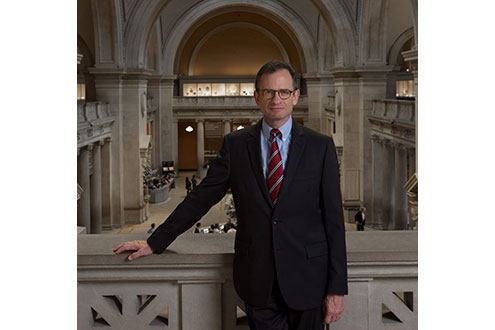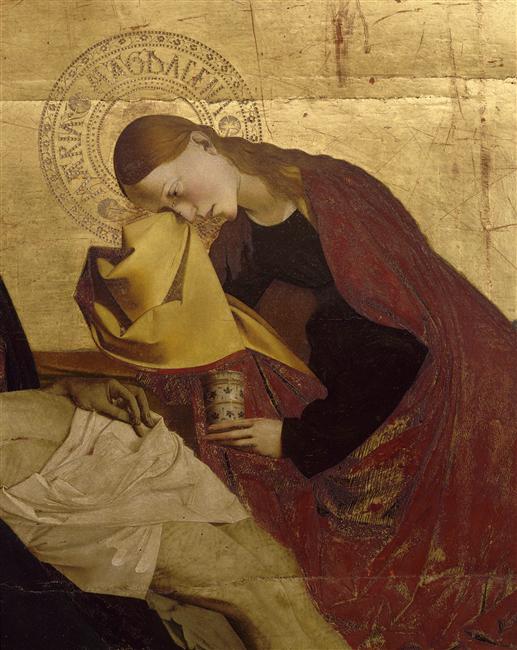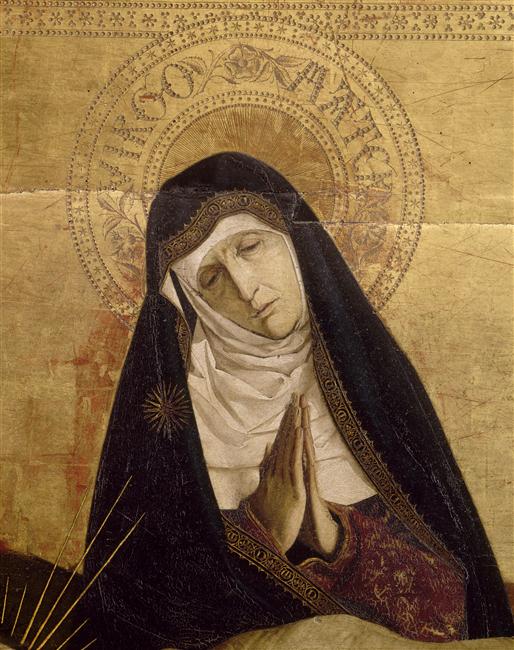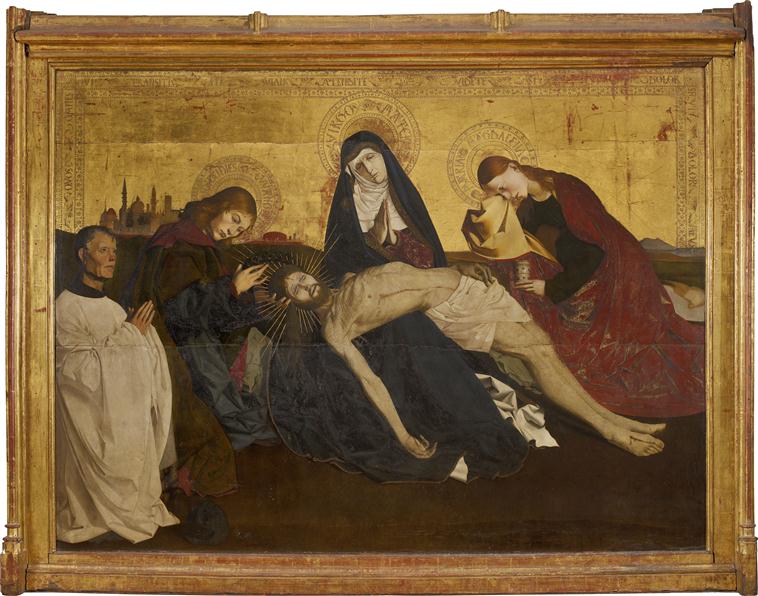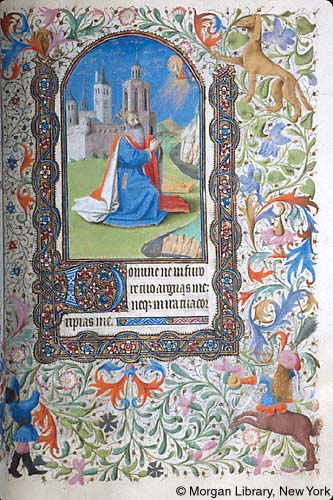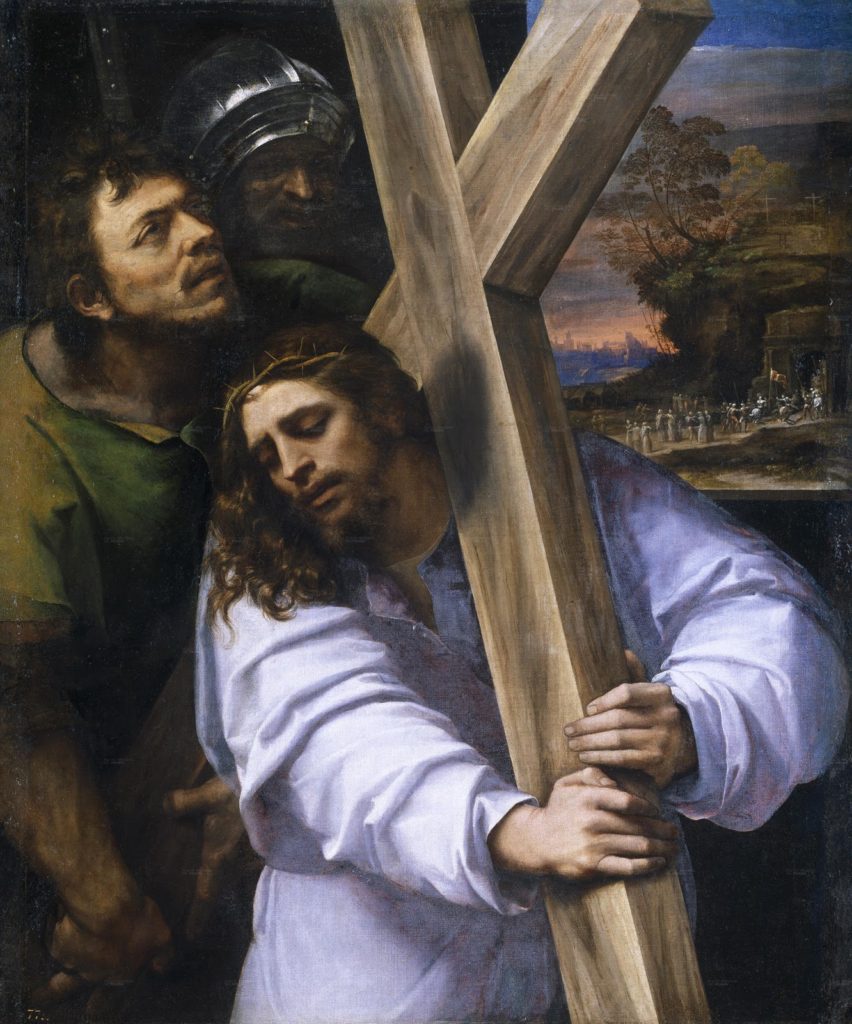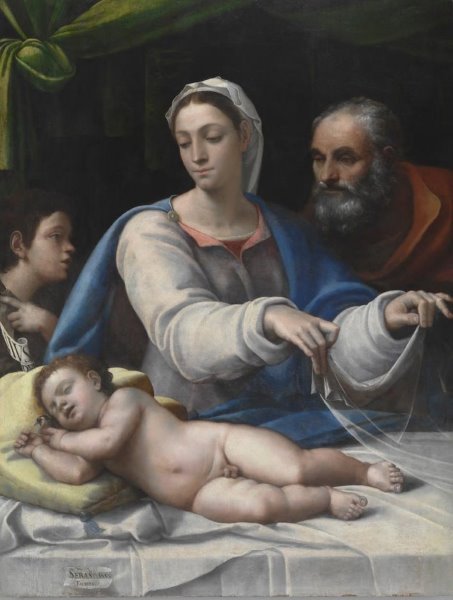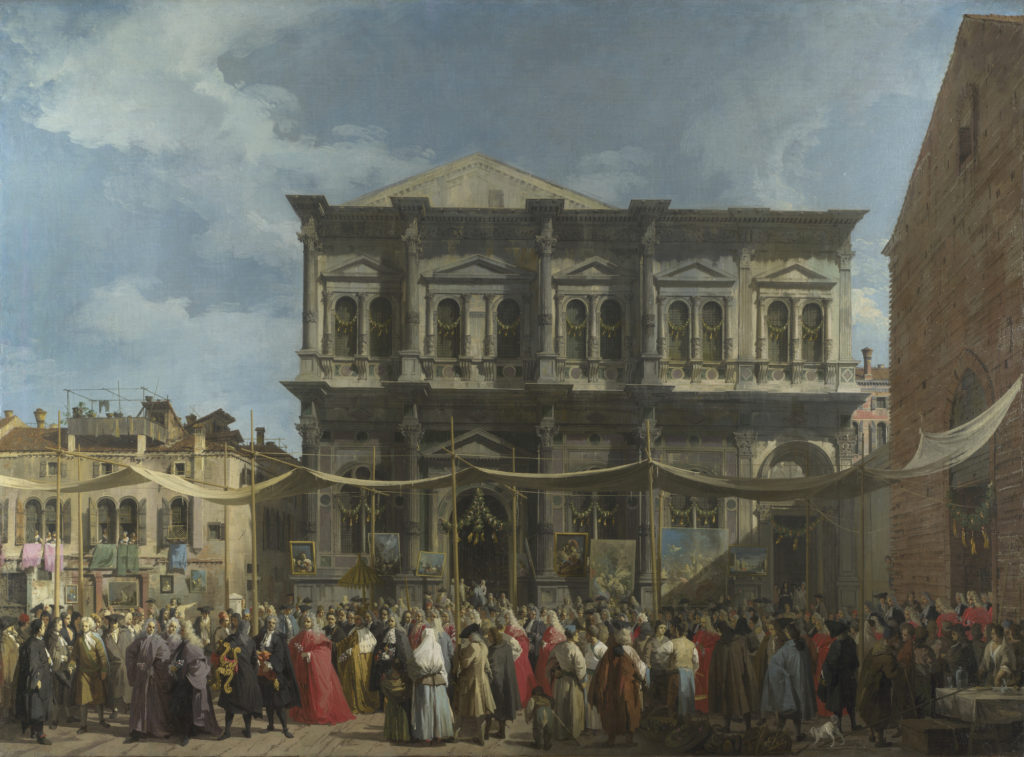That is a prospect we–American consumers of art exhibitions–face, and it is that subject and its consequences for our culture that I take up in an opinion piece published this morning on Aeon, the digital magazine that covers science, philosophy and society as well as the arts.
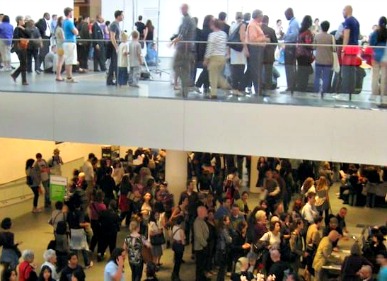 The headline is Why does contemporary art make for wildly popular blockbusters? but it is equally about the consequences of the art imbalance that is already occurring and is likely to get worse. Important note: I am not against contemporary art–I love a lot of it–but I think it must be viewed, overall, in the context of art that came  before it–not in every exhibition, obviously, but art in context.
The headline is Why does contemporary art make for wildly popular blockbusters? but it is equally about the consequences of the art imbalance that is already occurring and is likely to get worse. Important note: I am not against contemporary art–I love a lot of it–but I think it must be viewed, overall, in the context of art that came  before it–not in every exhibition, obviously, but art in context.
My Aeon article is an essay, an idea piece, and therefore lacks a nut graf that I can copy here, but here are a few excerpts:
…with museum directors under pressure to boost attendance, Holbein loses out to Damien Hirst, Manet to Christian Marclay, Braque to Jean-Michel Basquiat, and Klee to Jeff Koons. Even museums whose collections extend back to the ancients are stressing contemporary art. In the past few years, some museum directors and fundraisers have told me that it has become difficult to find money for exhibitions displaying what some are now calling ‘pre-contemporary art’. Sponsors, be they corporations, foundations or individuals, are simply uninterested….
…in the visual arts…curators and directors struggle to make ‘old art’ seem ‘relevant’…but contemporary art gets a pass on that score because it is made in the present…
…when these factors combine to crowd out attention to some of the world’s greatest works of art, our knowledge of past civilisations is diminished. Knowing less about different times and places means our knowledge of human nature grows thinner, narrower. We become, in short, less sophisticated….
That’s bad, no matter what you feel about museum exhibitions these days.

